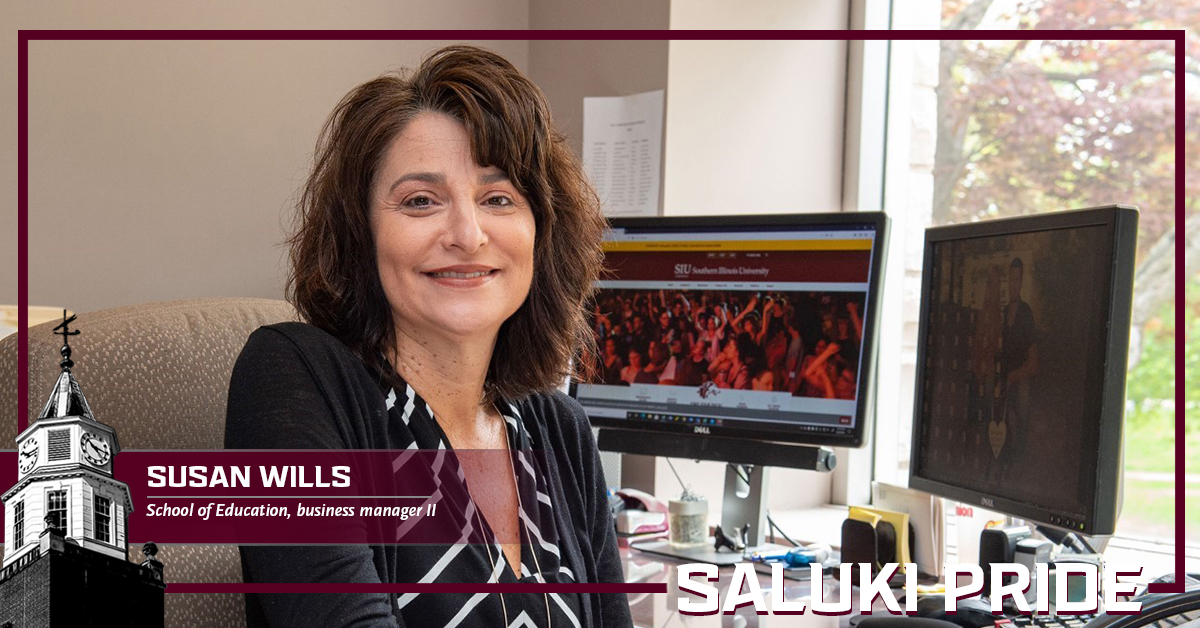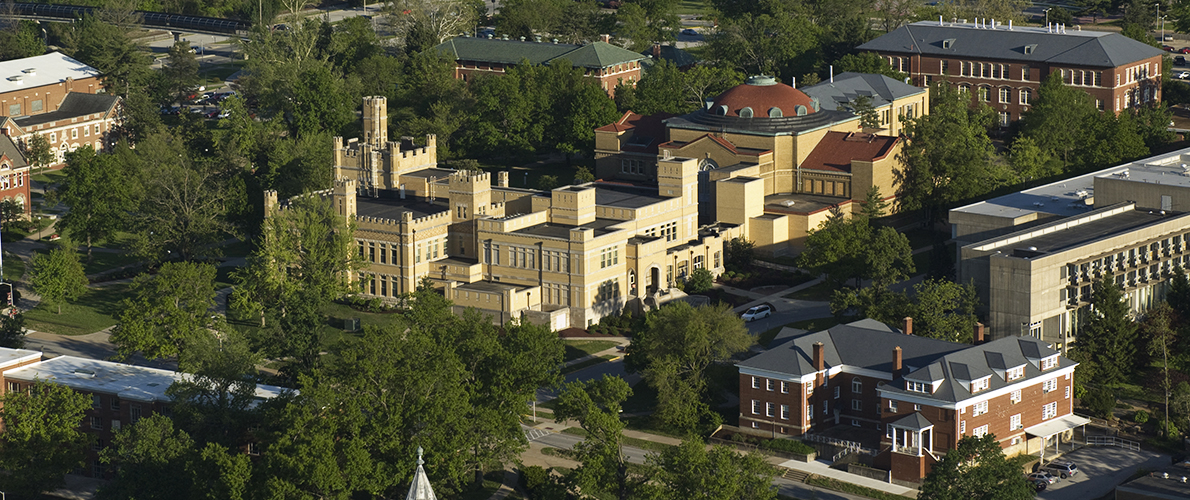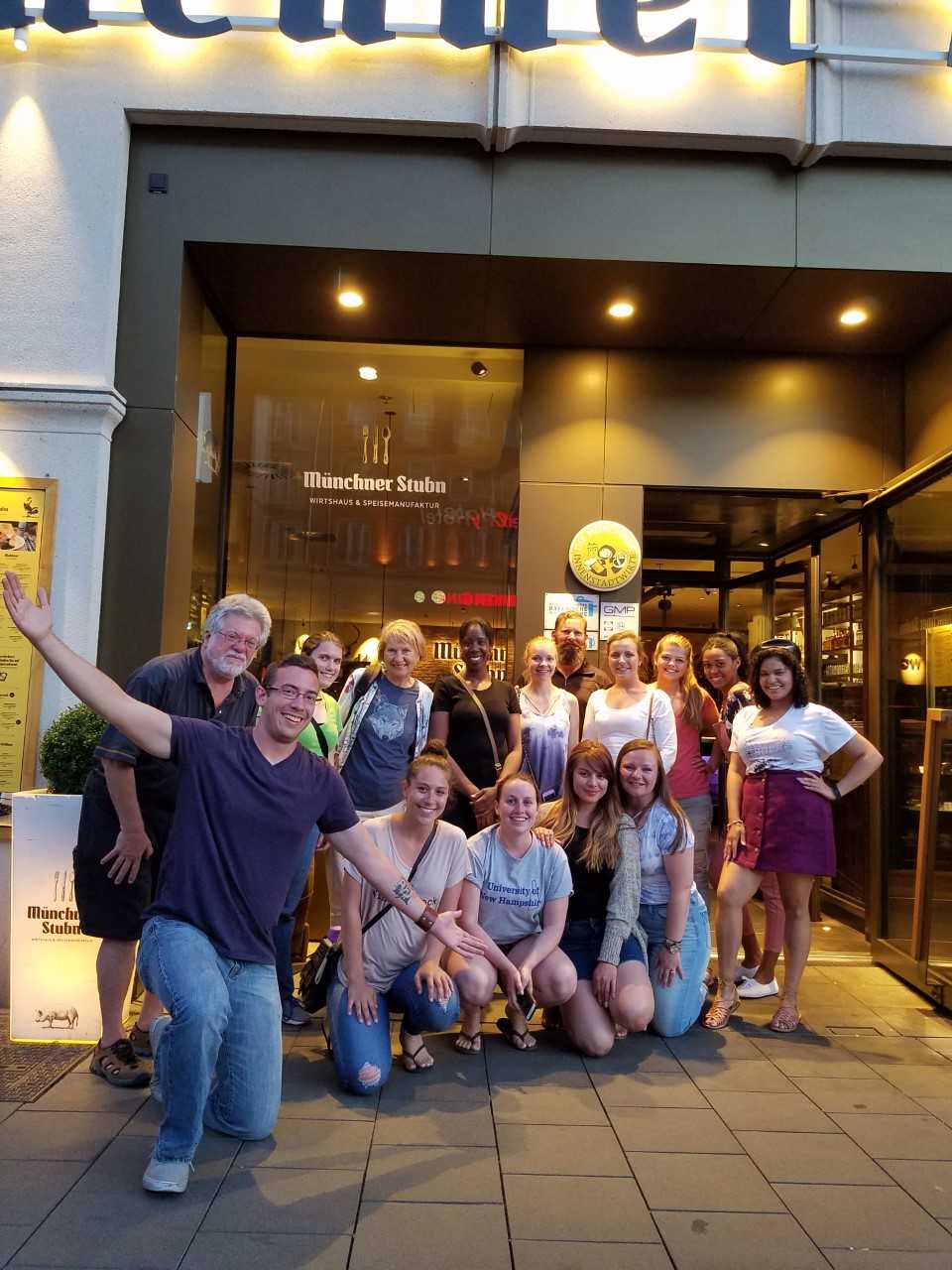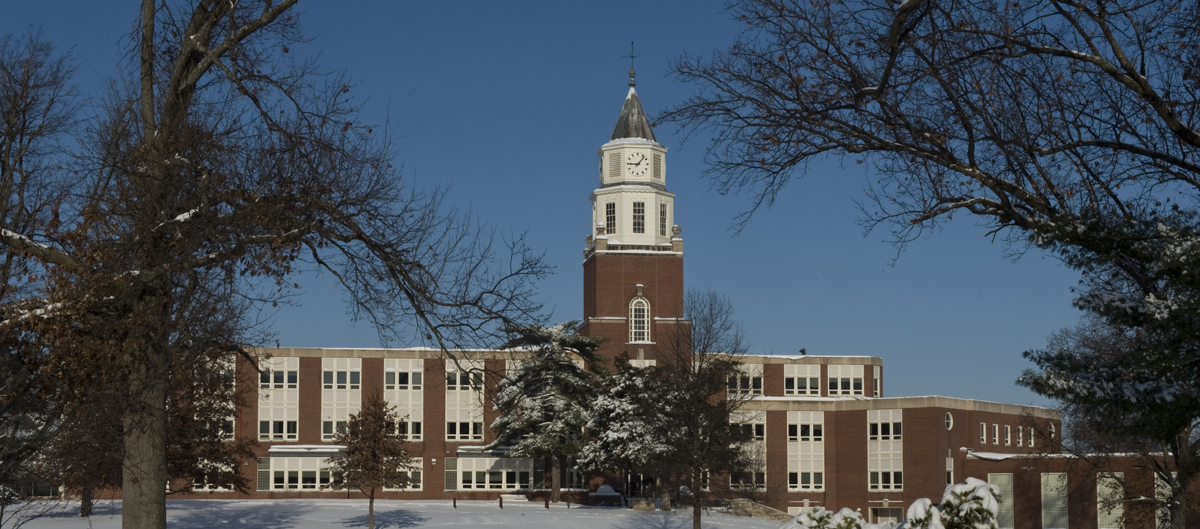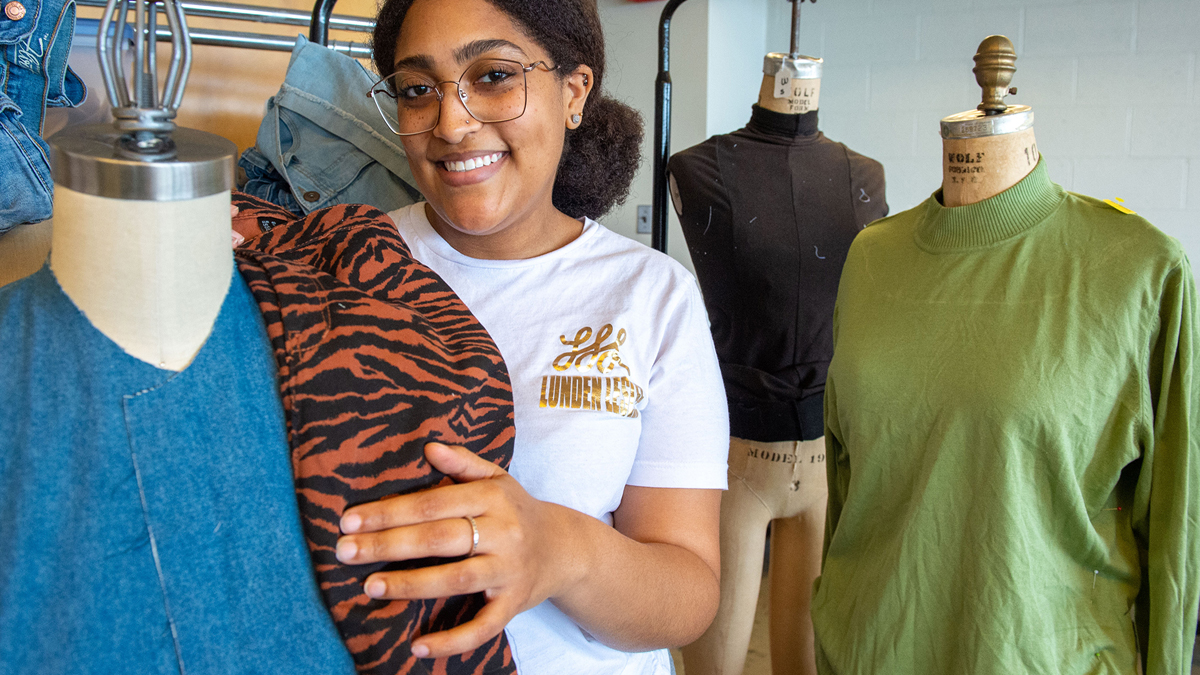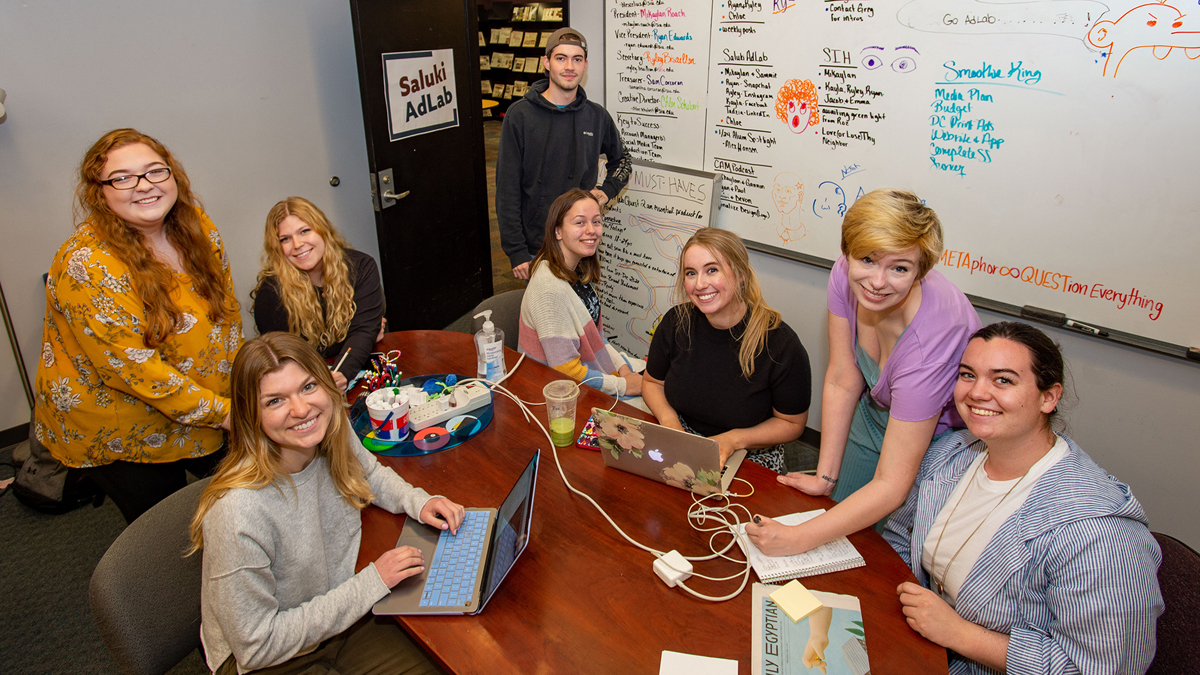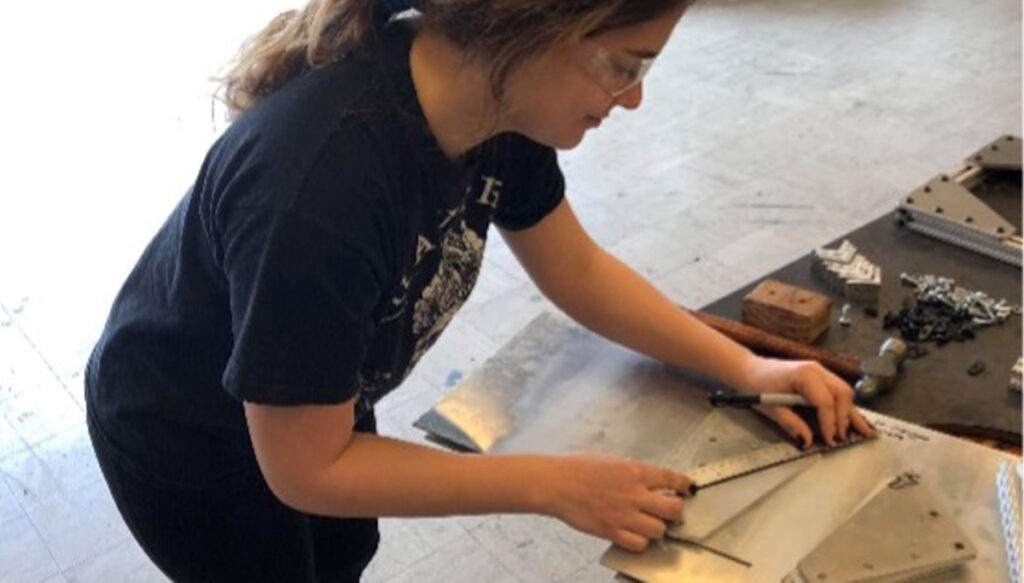
The previous year created the need for going virtual, but that didn’t prevent engineering students at Southern Illinois University Carbondale for shooting for the moon.
Mining on the moon, that is.
The team received first place in LUNABOTS, NASA’s annual robotics mining competition. The contest, featuring dozens of teams from around the country, began last fall and recently concluded with an awards ceremony, where the SIU students learned they had earned the most points in the virtual side of the competition.
In the competition, students receive practical experience in the full engineering lifecycle process, from concept development to end product, said Clark Lindsay, a senior in mechanical engineering and computer science and team leader from Creal Springs. A panel of judges from NASA scores the entries.
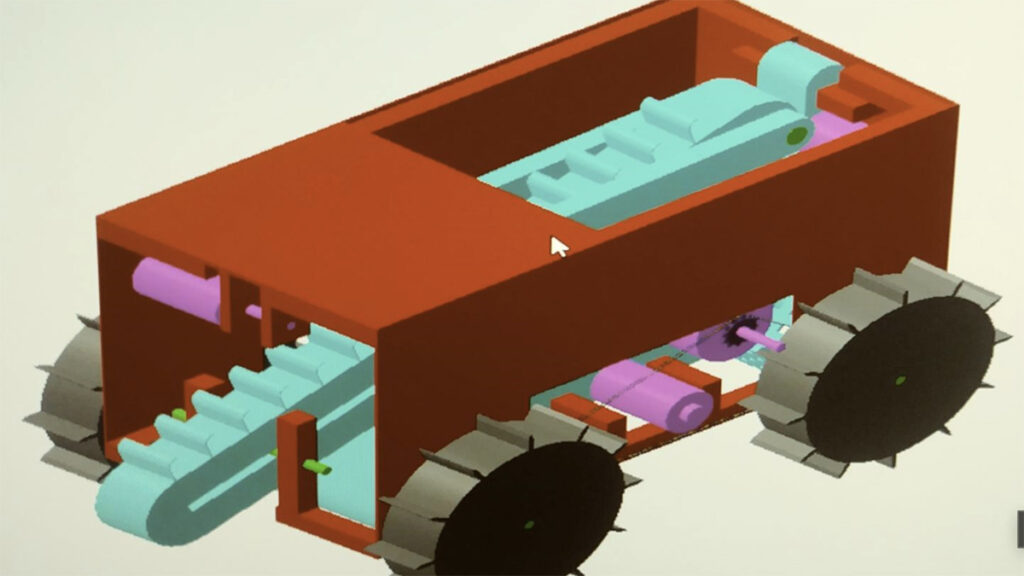
The competition required the teams to design and create a 3D computer-aided drawing of their own mining robot and to produce a research paper detailing the steps and reasoning the members used to arrive at their design, as well as how they plan to improve the design next year, Lindsay said.
“We were asked to present a design for a robot that can function on the moon, driving, avoiding obstacles and mining through a layer of dust, and then extracting gravel buried beneath the dust,” Lindsay said. “This is to simulate navigating and extracting ice from beneath the surface of the moon.”
Lindsay said the key to victory was the interdisciplinary nature of the team’s effort, which used a variety of students in different programs to create a robust design. Team members included majors in mechanical engineering, electrical engineering, computer engineering and computer science programs.
“This wide variety of skillsets allowed for people on our team to learn about things that their major would not normally cover,” he said. “Computer science majors learned machining processes, and mechanical engineers learned a bit about coding.”
The competition also developed members’ abilities to create, manage and follow a timetable that spanned an entire semester, and it included design reviews with members of other SIU competitive engineering design teams.
“They could look at what we were doing and give us impartial input,” Lindsay said.
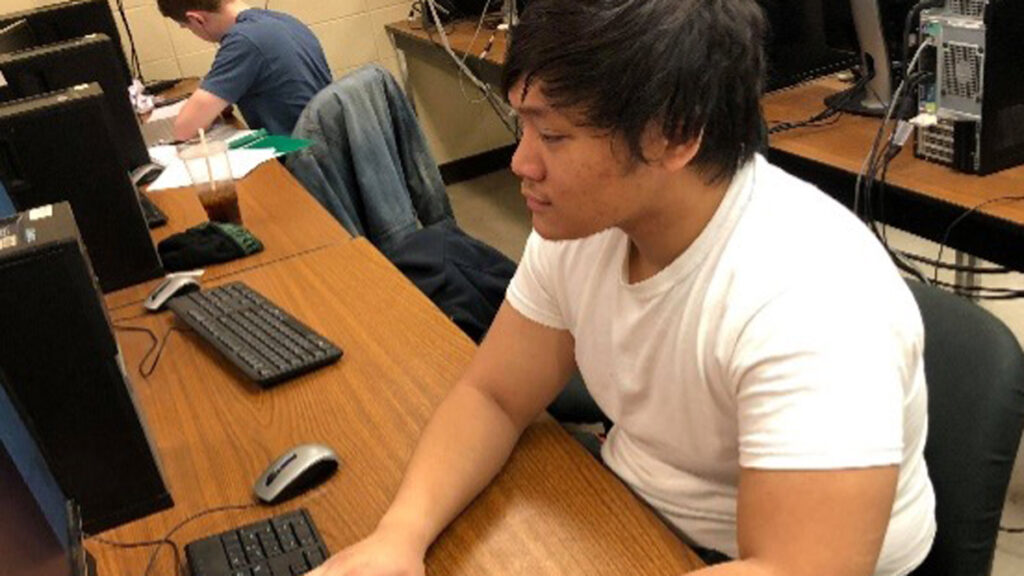
Last year, NASA hosted two robotics-mining competitions, one of which involved teams producing a physical robot and the other – the one SIU won – virtual. That competition involved producing a fully realized computer-aided design of the robot, accompanied by papers discussing the team’s design decisions, how the robot would function if manufactured and how the team hopes to build on the design starting in the fall. It also involved creating a record of the team’s design review and time management processes throughout the competition, Lindsay said.
SIU’s division included colleges and universities that competed by submitting designs and papers virtually due to COVID-19 restrictions on each campus.
“Our team does hope to participate in the other robotic mining competition, designing and actually building the robot, in the upcoming 2021-2022 cycle,” Lindsay said.
Even though the competition this time around was virtual, the team members still built a physical prototype, which served many purposes.
“It was built as a way for us to make sure that our virtual design was physically viable,” Lindsay said. “It allowed our team to maintain a working knowledge of the machinery we will need to use in making a full robot in the fall, and hopefully part of the prototype will be usable as a basis for the full robot when we start working on it,”
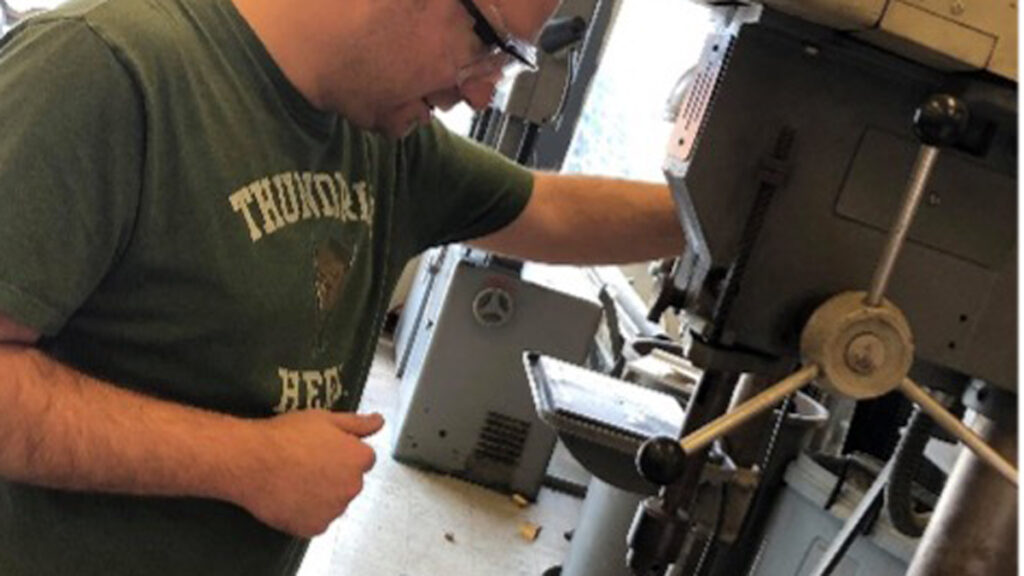
Bruce DeRuntz, professor in the School of Applied Engineering and Technology and faculty adviser to the team, said the competition prepares new engineers by giving them a very difficult problem that cannot be solved by any one person.
“The students learn how to work together as a technical team to develop a solution and then implement it,” DeRuntz said. “They also get to compete head-to-head against other universities the same way their future company would be competing in the business world.”
DeRuntz said SIU’s College of Engineering has some of the strongest design competition teams of any university because of its strong support student organizations and clubs.
“There is room for any student to join a club, get wonderful applied technical training by older students and then start growing into positions of responsibility,” DeRuntz said. “By the time our students enter their junior and senior years, they are leading sub-teams like software development, mechanical design, and electronic design. This invaluable experience is so impressive to employers when they hear the passion in our student’s voices for the way worked as a team to achieve their project goal.
Members of the team, their hometowns and majors include:
Illinois
Clark Lindsay, Creal Springs, mechanical engineering and computer science
Mayson Pine, Makanda, mechanical engineering
Gretchen Volling, Joliet, computer engineering
David Kotarba, Elmwood Park, mechanical engineering
Jed Vergara, Beecher, electrical and computer engineering
Makenna Yergler, Metamora, electrical engineering
Jack Jarman, Benld, electrical engineering
Zachary Hughey, Carbondale, mechanical engineering
Wisconsin
Benjamin Trewin, Platteville, electrical and computer engineering
